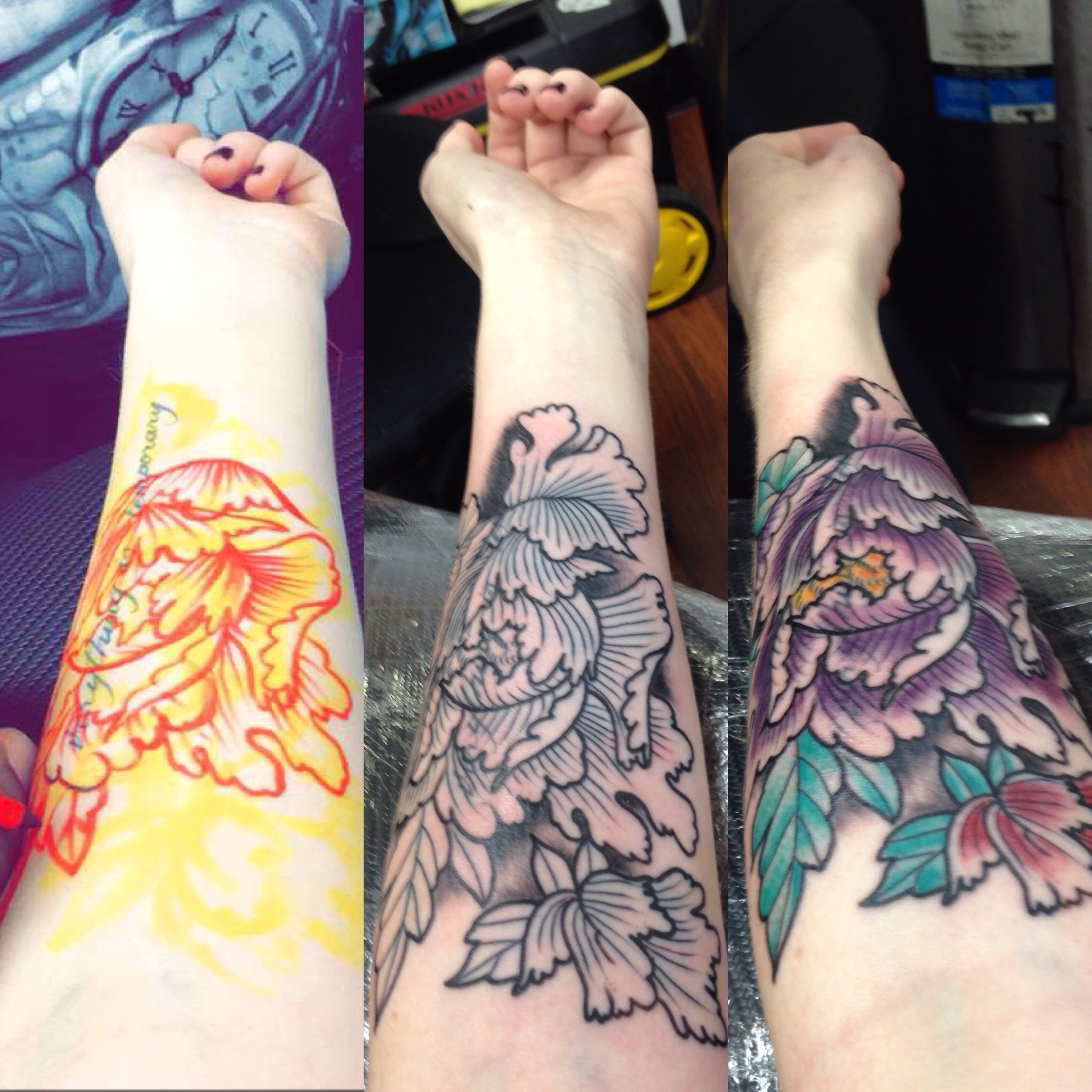

Believe it or not, tattooing is not only an art, but also a science. Artists must learn how deep to press their needles into the skin.
For people who have never gotten a tattoo before, it can be a stressful process. This video talks about preperation and advice from a professional tatto artist.

Placement is super imporant when deciding on a tattoo. Some areas are more painful than others. Tops of feet and ribs are the most painful places. Another thing to consider is if you want your tattoo so show easily, or if you want to be able to hide it easily.
Colored ink versus black ink is all about personal taste. It depends on what kind of asthetic you are going for. Colored ink is also more expensive than black ink.
It is extreamly important to consider who is going to give you something that lasts the rest of your life. Making sure they see and understand what you want is crutial to the outcome of your tattoo. Additionally, you want someone you get along with. Getting a tattoo is an experience, and you want it to be a good one!

After you get a tattoo, the artist will bangage it up or wrap in it plastic wrap. This should only stay on for about 4 to 6 hours. When you remove the bandage, there will most likely be blood. No worries! After you remove the bandage, take a shower and place your tattoo under the hottest water you can stand. Gently wash with your finger, not a washcloth or loofa.
It is extreamly important that you use a clear, nonscented soap when cleaning your tattoo. Dial and Cetaphil are great. You should wash your tattoo about twice a day and pat dry with a dry towel
After a few days, your tattoo will begin to raise and scab. To keep the colors and bold lines, use nonscented lotion. Once again, Cetaphil brand or Lubriderm are great. Keep moisturizing your new ink as much as possible. Scabbing should be as minimal as possible.

You can cover up almost any tattoo if you have an artist willing to take on the task. Deciding that you need to get a cover up involves a lot of thought.
You need to choose a design thats bigger than the original tattoo. Usually textured designs are the best at hiding a old tattoo. Movement and black shading are good camouflage for faded, aged, or unloved tattoos. Many artists recommend animals, roses or other flowers, or other organic forms to hide a tattoo. The patterns and shapes found in petals, scales, feathers, and fur work well to break up dark lines. Talk to an artist about the best cover up selection for your needs! The purpose of a cover up is to replace something you do not like with something you love. While you may need to compromise some design elements to effectively and attractively cover an ugly or unwanted tattoo, with proper planning you will not necessarily have to settle for less than you desire.
When planning a cover up, consider the cost. You will have more flexibility in your cover up options if you are prepared to fund a creative and considerate design. Like any tattoo you will need to anticipate how sizing, placement, detail, coloring, and time will influence pricing.